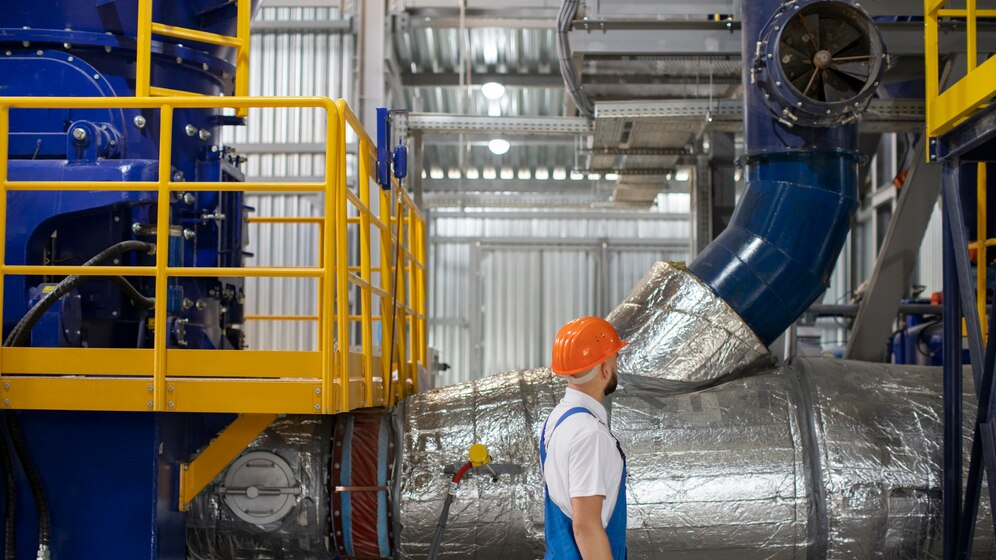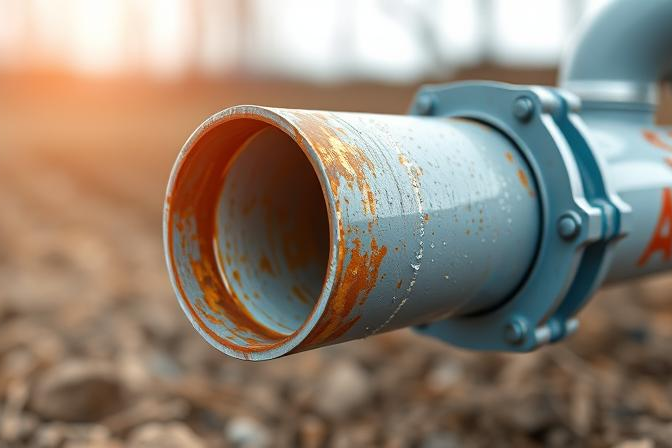
Are you worried about the integrity of your plumbing or irrigation system? The quality of PVC pipes can make or break your project, potentially leading to costly repairs and water damage. Ignoring pipe quality can result in leaks, contamination, and even complete system failure. But fear not! This comprehensive guide will equip you with expert knowledge on how to check PVC pipe quality, ensuring your installations stand the test of time.
Before diving into quality checking methods, it’s crucial to understand how PVC pipes are manufactured. This knowledge forms the foundation for identifying potential defects and ensuring overall quality.

PVC Pipe Production Process:
Understanding this process helps in recognizing where defects might occur and why quality control is so critical.
To effectively check PVC pipe quality, you must be familiar with common defects. Here are the main types of defects to watch out for:
By understanding these defects, you’ll be better equipped to identify potential issues during your quality checks.

Visual inspection is one of the primary methods for checking PVC pipe quality. Here’s how to conduct a thorough visual inspection:
Remember, visual inspection is just the first step in quality checking. While it can reveal obvious defects, some issues may require more advanced testing methods.
Accurate dimensional measurements are crucial for ensuring PVC pipe quality. Here’s how to perform these checks:
Regular dimensional measurements help identify manufacturing inconsistencies that could affect pipe performance.
Non-destructive testing (NDT) allows for thorough quality checks without damaging the pipe. Here are some effective NDT methods for PVC pipes:
These NDT methods offer a comprehensive approach to quality checking, ensuring that even hidden defects are identified.
While destructive testing is not suitable for pipes intended for use, it plays a crucial role in quality control during manufacturing. Here are some common destructive tests:
These tests provide valuable data on the pipe’s mechanical properties and overall quality.

PVC pipes are often exposed to various chemicals, making chemical resistance testing essential. Here’s how it’s done:
This testing ensures that PVC pipes maintain their integrity when exposed to common chemicals in their intended applications.
Adherence to quality standards and certifications is crucial for ensuring PVC pipe quality. Here are some key standards to look for:
When checking PVC pipe quality, verify that the pipes meet these standards and carry relevant certifications.

Even high-quality PVC pipes can fail if not installed correctly. Here are some best practices for installation:
By following these best practices, you can ensure that your high-quality PVC pipes perform optimally throughout their lifespan.
To determine manufacturing defects in PVC pipe, conduct visual inspections for surface imperfections, perform dimensional measurements, and use non-destructive testing methods like ultrasonic or X-ray inspections.
Signs of defective PVC pipe include visible cracks, discoloration, inconsistent wall thickness, ovality, and failure to meet pressure or impact resistance standards during testing.
The most common defects in PVC pipe include fatigue defects, cracks, perforations, dimensional inconsistencies, and surface imperfections.
Test PVC pipe quality through visual inspections, dimensional measurements, non-destructive tests like hydrostatic pressure testing, and destructive tests such as burst pressure and impact resistance tests.
While PVC pipes are known for their longevity, their quality can degrade due to prolonged exposure to UV light, extreme temperatures, or certain chemicals. Regular inspections can help identify any degradation.
Look for compliance with ASTM standards (e.g., ASTM D1785), NSF/ANSI 61 certification for potable water applications, and ISO 9001 certification for quality management.
PVC pipes should be inspected before installation, immediately after installation, and periodically throughout their lifespan, typically every 3-5 years or as recommended by the manufacturer.
While professional testing is more comprehensive, you can perform basic quality checks at home through visual inspections, measuring dimensions with calipers, and checking for proper markings and certifications.
Pipe thickness is crucial for quality as it affects the pipe’s pressure rating, durability, and resistance to external forces. Thicker pipes are generally stronger and more resistant to damage.
The manufacturing process directly impacts PVC pipe quality. Factors like raw material quality, extrusion temperature, cooling rate, and quality control measures all influence the final product’s integrity and performance.
Checking PVC pipe quality is a critical step in ensuring the longevity and reliability of your plumbing or irrigation system. By understanding the manufacturing process, common defects, and various testing methods, you can make informed decisions about the pipes you use in your projects.
Remember, quality checking doesn’t end with the initial inspection. Regular maintenance and periodic checks throughout the pipe’s lifespan are essential for catching any developing issues early. By following the guidelines outlined in this comprehensive guide, you’ll be well-equipped to select, install, and maintain high-quality PVC pipes that will serve you well for years to come.
Investing time in quality checks may seem tedious, but it’s a small price to pay compared to the potential costs and headaches of system failures. So, the next time you’re working with PVC pipes, take a moment to check their quality – your future self will thank you for it! To know more about PVC Pipes, Visit DavePools!